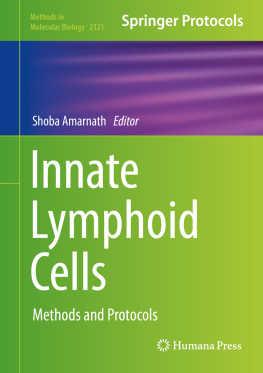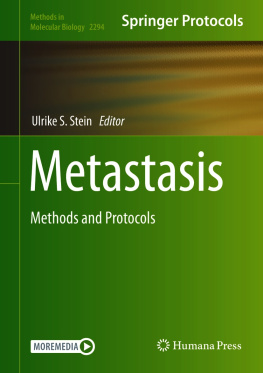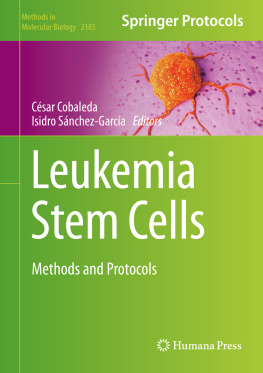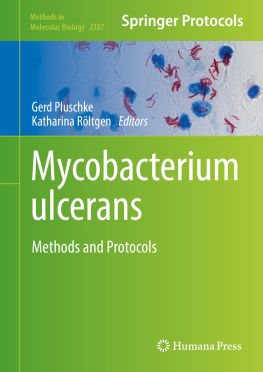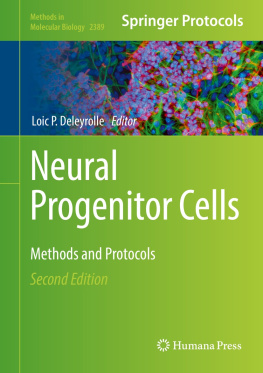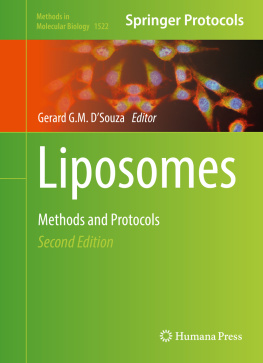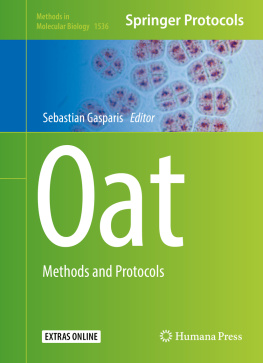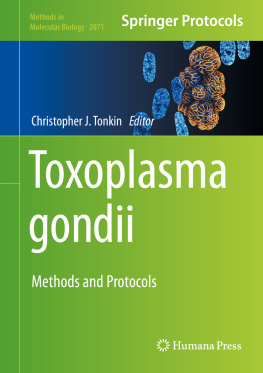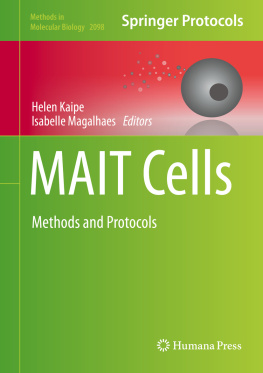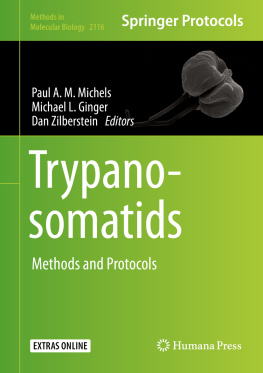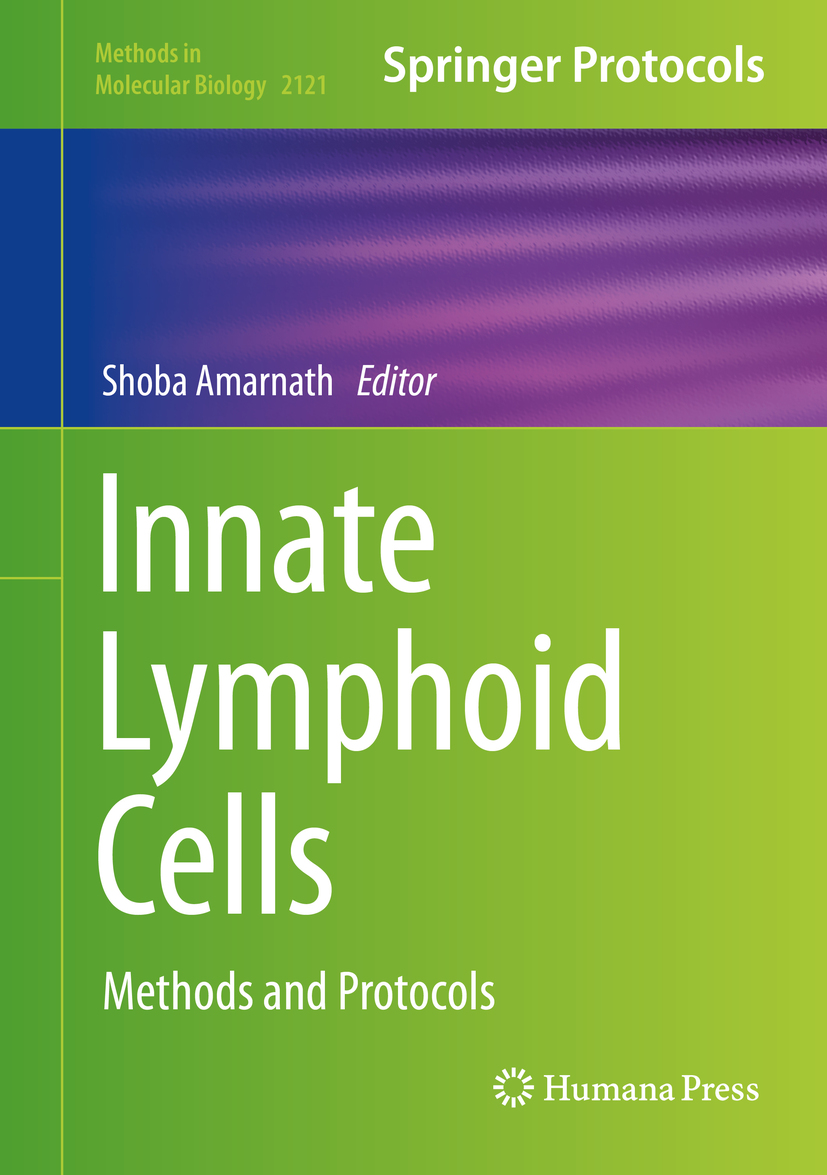Volume 2121
Methods in Molecular Biology
Series Editor
John M. Walker
School of Life and Medical Sciences, University of Hertfordshire, Hatfield, Hertfordshire, UK
For further volumes: http://www.springer.com/series/7651
For over 35 years, biological scientists have come to rely on the research protocols and methodologies in the critically acclaimedMethods in Molecular Biologyseries. The series was the first to introduce the step-by-step protocols approach that has become the standard in all biomedical protocol publishing. Each protocol is provided in readily-reproducible step-by-step fashion, opening with an introductory overview, a list of the materials and reagents needed to complete the experiment, and followed by a detailed procedure that is supported with a helpful notes section offering tips and tricks of the trade as well as troubleshooting advice. These hallmark features were introduced by series editor Dr. John Walker and constitute the key ingredient in each and every volume of theMethods in Molecular Biologyseries. Tested and trusted, comprehensive and reliable, all protocols from the series are indexed in PubMed.
Editor
Shoba Amarnath
Laboratory of T cell Regulation, Institute of Cellular Medicine, Newcastle University, Newcastle Upon Tyne, UK
ISSN 1064-3745 e-ISSN 1940-6029
Methods in Molecular Biology
ISBN 978-1-0716-0337-6 e-ISBN 978-1-0716-0338-3
https://doi.org/10.1007/978-1-0716-0338-3
Springer Science+Business Media, LLC, part of Springer Nature 2020
This work is subject to copyright. All rights are reserved by the Publisher, whether the whole or part of the material is concerned, specifically the rights of translation, reprinting, reuse of illustrations, recitation, broadcasting, reproduction on microfilms or in any other physical way, and transmission or information storage and retrieval, electronic adaptation, computer software, or by similar or dissimilar methodology now known or hereafter developed.
The use of general descriptive names, registered names, trademarks, service marks, etc. in this publication does not imply, even in the absence of a specific statement, that such names are exempt from the relevant protective laws and regulations and therefore free for general use.
The publisher, the authors, and the editors are safe to assume that the advice and information in this book are believed to be true and accurate at the date of publication. Neither the publisher nor the authors or the editors give a warranty, expressed or implied, with respect to the material contained herein or for any errors or omissions that may have been made. The publisher remains neutral with regard to jurisdictional claims in published maps and institutional affiliations.
This Humana imprint is published by the registered company Springer Science+Business Media, LLC, part of Springer Nature.
The registered company address is: 1 New York Plaza, New York, NY 10004, U.S.A.
Preface
The immune system is broadly divided into the innate and the adaptive immune system. In recent years, a new population of immune cells called Innate Lymphoid Cells (ILCs) has been discovered. ILCs have been classified as first responders to environmental insults within the tissue micro-environment. An explosion of research in this area has identified the pleiotropic nature of these cells in driving innate immune responses, initiating adaptive immune responses, imparting tissue repair, and regulating thermogenesis. Furthermore, dysregulation of these subsets has been reported in human diseases. The purpose of this book is to provide relevant background and methodologies currently available for characterizing murine and human ILC subsets. It has been written with the aim to provide the reader with useful phenotypical and functional assays that may be relevant for studying ILC function in mice and humans. Moreover, since ILCs occupy tissue niches and are known to be important in barrier protection, methodologies to study the microbiome and enteroid cultures, which will be essential for studying human ILC function, have also been provided within the book. Detailed chapters on characterizing ILC precursors, various ILC subsets, and cellular engineering of ILCs for therapeutic use are described within the book. This book will be useful for all the readers interested in ILC biology and for those interested in fundamental immunology, cellular engineering, cell signaling, and clinician scientists.
Shoba Amarnath
Newcastle Upon Tyne, UK
Contents
Shoba Amarnath
Matthew T. Stier and R. Stokes Peebles Jr
Emma E. Dutton and David R. Withers
Felipe Melo-Gonzalez and Matthew R. Hepworth
Emma E. Dutton and David R. Withers
Gianluca Scarno , Giuseppe Pietropaolo , Chiara Di Censo , Giovanna Peruzzi and Giuseppe Scium
Christian Schwartz and Padraic G. Fallon
Linda Quatrini and Sophie Ugolini
Brinda Bhatt , Huabin Zhu , Nikhil Patel and Nagendra Singh
Lewis J. Entwistle , Franz Puttur , Lisa G. Gregory and Clare M. Lloyd
Jonathan Silver , Alison A. Humbles and Yoichiro Ohne
Goo-Young Seo , Daniel A. Giles and Mitchell Kronenberg
Olivia Jane James , Maud Vandereyken and Mahima Swamy
Grace Mallett , Warren Patterson , Megan Payne and Shoba Amarnath
Andrew Nelson and Christopher J. Stewart
Christopher J. Stewart , Mary K. Estes and Sasirekha Ramani
Omer S. Omer , Nick Powell and Graham M. Lord
Mlanie Lambert , Caroline Leijonhufvud , Filip Segerberg , J. Joseph Melenhorst and Mattias Carlsten

